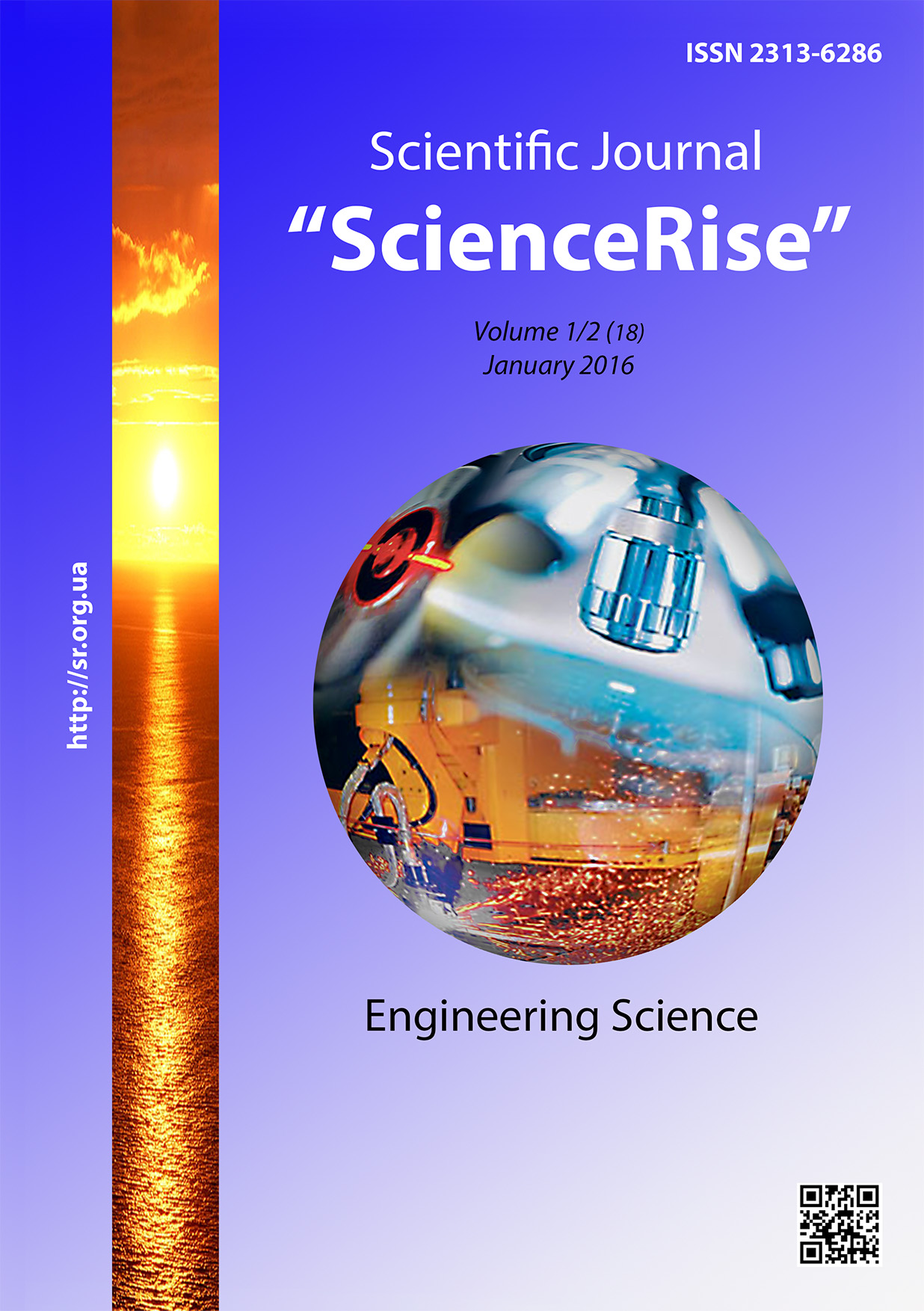Statistical analysis of anti-jamming ability of the information systems
DOI:
https://doi.org/10.15587/2313-8416.2016.58825Keywords:
channel, interference channel, information source, information transmission, anti-jam criteria, useful signalAbstract
The principles of anti-jam receiving of the signal protected with the priori uncertainty of interference were examined. It is shown what simple methods based on the Neyman-Pearson criterion can ensure uninterrupted optimal receiving of signals in discrete-continuous channels of information transmission. The result of the conducted research was confirmed that the modified Neyman – Pearson criterion for recognition of the digital signals is realized, when it realized for partial characters
References
Fink, L. M. (1970). Theory of transmission of discrete messages. Мoscow: Sov. radio, 728.
Levin, B. R. (1986). Theoretical Foundations of Statistical Radio Engineering. Мoscow: Sov. radio, 889.
Bessonov, L. А. (1984). Theoretical Foundations of Electrical Engineering. Мoscow: High school, 750.
Hatev, H., Madzarov, N., Markov, S. (1975). Data processing and construction of dynamic models. Avtometriya, 2, 3–16.
Nazarchuk, Z. Т. (Ed.) (2001). Non-destructive testing and technical diagnostics. Lviv: PMI NAS of Ukraine, 1134.
Raibman, N. S. (1986). Identification of control objects. Мoscow: Machine building, 341.
Аоki, М. (1981). Optimization of Stochastic Systems. Мoscow: Science, 202.
Downloads
Published
Issue
Section
License
Copyright (c) 2016 Леонід Михайлович Заміховський, Ігор Вадимович Маслов

This work is licensed under a Creative Commons Attribution 4.0 International License.
Our journal abides by the Creative Commons CC BY copyright rights and permissions for open access journals.
Authors, who are published in this journal, agree to the following conditions:
1. The authors reserve the right to authorship of the work and pass the first publication right of this work to the journal under the terms of a Creative Commons CC BY, which allows others to freely distribute the published research with the obligatory reference to the authors of the original work and the first publication of the work in this journal.
2. The authors have the right to conclude separate supplement agreements that relate to non-exclusive work distribution in the form in which it has been published by the journal (for example, to upload the work to the online storage of the journal or publish it as part of a monograph), provided that the reference to the first publication of the work in this journal is included.

